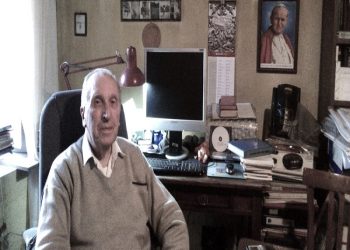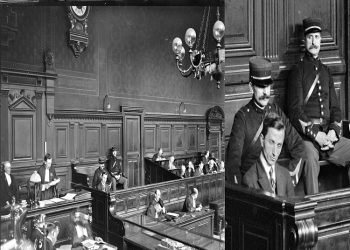By Leonora Laçi
Memorie.al / The purpose of this article is to explain the truth of the escape to the mountain of Mons. Dr. Zef Oroshi, which, given the way it was carried out, seemed very unbelievable. By putting forward various hypotheses, even to the point of smearing Dom Zef Oroshi. The history and vicissitudes of the life of Mons. Dr. Zef Oroshi, born in Kaftall of Oroshi, Mirditë, in the distant 1912, as a contemporaneous with many decisive events of the Albanian nation, until he closed his eyes in 1989, must be part of our historiography, his activity and national contribution must be marked in golden letters on the altar of the Nation, so as never to be forgotten.
The arrival of communism
The victory of communism in 1944 in Albania would result in the greatest suicide that Albanians committed against themselves, for those who accepted it. Dom Zef Oroshi is one of those people who never agreed with the victory of the communists, he did not accept either in his homeland or in the United States of America, the victory and power of the communists. Dom Zefi in the early 1950s, was quite active in the Mirdita area, this was the harshest period of state repression against the enemies of power.
As a determined anti-communist, he remained loyal to his homeland and religion. The State Security was exerting great pressure on the civilian population, since the Anglo-American initiative to overthrow communism in Albania had influenced the class struggle within the country to be more severe, specifically the struggle against the enemies of the regime, who since 1945 had filled the prisons and internment camps, being tortured in the most inhumane forms similar to the Nazi camps, and with their methods.
Dom Zefi, in addition to his religious duty, seeing every day what was being done to his people from Mirdita, chose to be their ally. He made attempts for the uprising but without success, since the communists had already prepared the terrain and the people to uncover the activity of the anti-communists. His activity caught the eye of the State Security and the government of Enver Hoxha, who demanded his arrest, at all costs.
Without the subjugation of the North, and specifically Mirdita, the communists were clear that they could not have full power. In a circular that Bishop Bernardin Shllaku sent to the dioceses (written under torture by the Sigurimi), it is shown how much fuss Dom Zefi’s escape had caused and not only was the Sigurimi looking for him, but a search commission had also been set up, consisting of the Dean of Tirana, Dom Mark Dushi, and the Diocesan Administrator of Lezha, Dom Ndoc Sahatçija.
Dom Ndoc Sahatçija himself, in November 1952, set off for Northern Albania to search for him himself! (Referred to from Dom Markus W. Peters’ book, ‘Confrontations of the History of the Catholic Church in Albania 1919-1996’).
Dom Zefi’s escape is also written about in the studies “Files of the Dictatorship” by researcher Pjetër Pepa and in the monograph, “Mons. Dr. Zef Oroshi – A life united for religion and homeland”, by the researcher and Secretary of the III League of Prizren, Mr. Tomë Mrijaj (USA) and in the work of Nikollë Melyshi, “Historical Events, felt, seen and lived”.
The moment of the escape of Mons. Dr. Zef Oroshi has become a legend, but to make it real and not further mythologize these facts, I had a conversation with Mons. Dr. Oroshi’s nephew, Prend Gjoka, who told me the truth, how Dom Zef Oroshi had escaped arrest and was hiding in the mountains, until he left first for Europe and then for the promised land, the USA.
America became a second homeland for him and his activity, there he left his mark with the establishment of the First Albanian Catholic Church, this shows that he served his homeland better away from him, since Albania turned into a large prison for intellectuals and suppressed not only the desires to be educated, but also suppressed and imprisoned thoughts, to express themselves and to achieve in life.
He (Prend Gjoka) recounts that his aunt (Dom Zefi’s sister, Lukja, who experienced the ordeal in prisons and internment camps, and after the fall of communism, lived in her nephew’s house until the day she died) was the last person Dom Zefi had met, before escaping to the mountains.
But how did the event happen?
It was January 1952 (the year is debatable, it could also be 1951), Dom Zefi, as the parish priest of Ungrej, was going to celebrate Sunday mass in the “Saint Mary Magdalene” Church. The village church was 50 meters away from the cell where he lived.
In Kashnje and in the village of Ungrej, but also in the surrounding villages, they had respect for the priest and it is the merit of the village of Ungrej, who made Dom Zefi escape, so that he would not fall into the hands of the Sigurimi, who did their utmost to inform Dom Zefi that the church was surrounded by Sigurimi forces.
The arrest order had come from Mehmet Shehu and the Sigurimi forces were waiting for the mass to end and the priest to be the last to leave, to arrest him, and they were watching the people’s exit from the main door. The plan was for him to be arrested at the moment the people left the church and for Dom Zefi to be arrested, so that he could not fight back.
Dom Zefi appears to be feeling unwell and quietly leaves the mass and leaves through the secret door behind the church, and goes to the cell, which was above the church, and meets the sister who served him, Luke.
While she was cooking lunch, she heard Dom Zefi calling her: – “Luke, Luke, I’m leaving”, time did not promise to greet her further, and Lukja, understanding the situation, saw Dom Zefi climbing over the surrounding wall, about 2 meters high, to lose track, in the chestnut forest.
At this time, she remembered to take her overcoat and threw it over the wall, saying – “Peace be with you”. Meanwhile, the people in the church were waiting for the priest’s sermon to end.
And they saw that something was wrong and the priest was not coming out to the altar, staying even after 12:00, when the mass was supposed to end. At this time, the State Security forces suspected why the people were not leaving the Church! So they decided to enter the Church and were surprised when they did not find the priest there.
The people understood that the Sigurimi had come to arrest Dom Zefi and that he had escaped. After the Sigurimi had made a quick search of the church, they left for Qela, where they asked Luke, who replied: -“Dom Zefi is giving mass”, – concludes his story, Dom Zefi’s nephew, Prend Gjoka.
Dom Zefi joined the anti-communist groups in the mountains, where he would stay for eight months, until he crossed into Kosovo, which was part of the Yugoslav Federation, with all the difficulties and wounded, he crossed into Mitrovica and, from there, together with Father Daniel Gjeçaj, O.F.M., Father Ambroz Martin, O.F.M., and Nikollë Kimzen, after the guarantees given by the Gjomarku Gate and, personally, Kapidan Ndoi, they went to Italy.
From there, in the ’60s, Mons. Oroshi, left for the United States of America. For the activity in the mountains of Dom Zef Oroshi, Bep Kuqani, a former political prisoner for many years, gives us information in an article published in 2009, who says:
– “And now regarding a note by Mr. Ndue Melyshi, quoted on page 53, which states: ‘Since it was a clandestine Committee, the chairman could not be elected by free votes of the people, therefore the members within the Committee, appointed a chairman…”, I would like to complete this opinion, adding that; ‘within this Committee’, he elected Dom Zef Oroshi as Chairman and Jak Perjaku as Secretary, who was killed in the mountains, in an attempt with the Security Pursuit Forces.
This was told to me, in addition to others, whom I will mention below, by my own brother: Gjon Perjaku, who was captured in that attempt, seriously wounded and with whom I spent time in the Burrel prison. In addition, I had the opportunity to personally meet four members of this Committee, of whom Karlo Çobe, lawyer, (son of Ndoc Çobe), who was Chairman of the Antifascist National Liberation Council and Sulë Hafiz, Chief Mufti of Lezha, I did not know that they were members of the Mountain Committee; while I knew about Haki Bushati, brother of former Prime Minister Maliq Bushati, who was shot together with Father Anton Harapi, O.F.M., and Lef Nosi and Ndrek Kakarriqi, and they also told me that; “we had Dom Zef Oroshi as Chairman”.
I only knew Haki Bushati for a short period of time, in the prison of Tirana; while I have known Ndreka since I was a teenager, because he was a teacher at the Saverian College, president of the “Don Bosco Circle” Association (created by Father Pjetër Meshkalla); I spent time in Burrel prison, after he was sentenced to 17 years as a member of that Committee, we arrested him in Lezha, just a few months after he had started working as a lawyer. We continued our friendship even after he was released from prison, until the day he died.
(…) About Dom Zef Oroshi, one should also know this: Since the day of his escape, when he took off his velado and went to the mountains, until he fled to Yugoslavia, the inhabitants of Mirdita and the Lezha highlands have known him more than as a priest, as the Chairman of the ‘Mountain Committee’, as the organizer of the ‘Retribution Brigades’, as a very brave fighter and as a determined anti-communist’ – writes Bep Kuqani in his article.
Mons. Dr. Zef Oroshi, rests in the United States of America and there has been discussion about returning his remains to his homeland, but the US diaspora and his friends have been of the opinion that – “He made history there and he should continue to rest there in peace”. Memorie.al




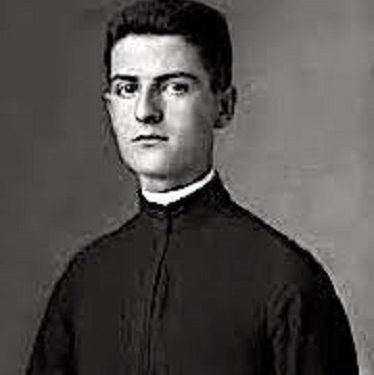
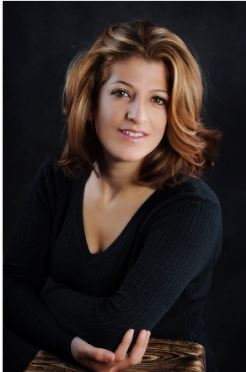
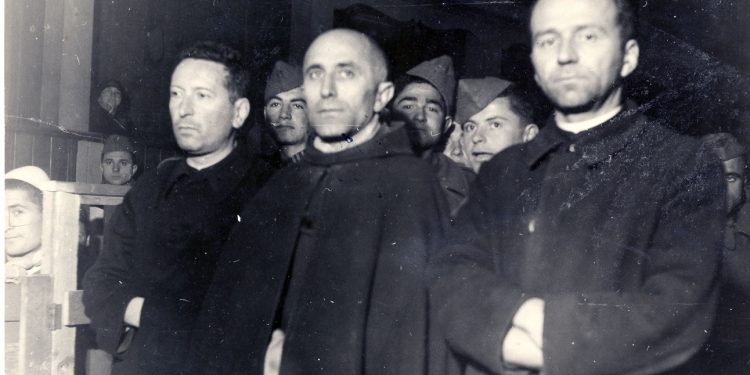
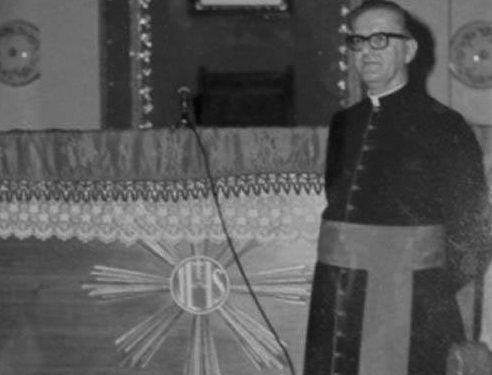
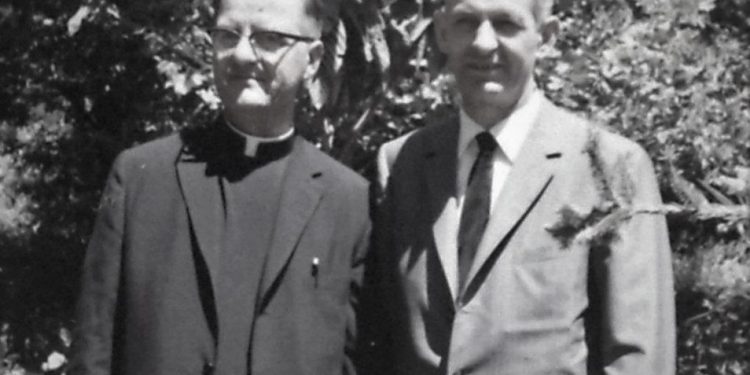
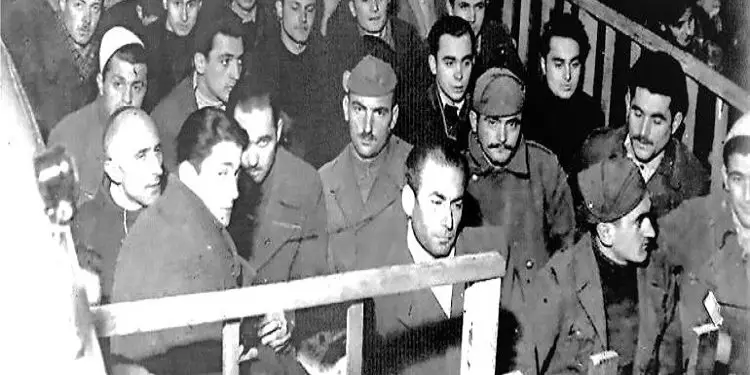
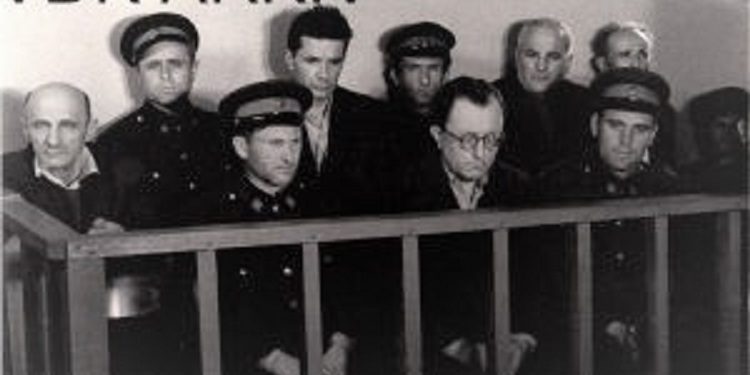
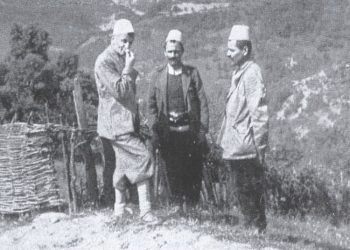
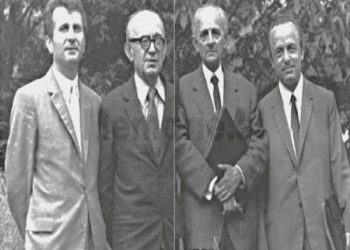
![“We hosted the German friend with wine, ‘Moskat’ raki that Enver [Hoxha] used to drink, but in his villa, he told me: ‘Hey Belul, who told you to accompany Strauss…?’”/ The rare testimony of the former Chairman of the Pogradec Committee](https://memorie.al/wp-content/uploads/2025/11/jozef-shtarus-350x250.jpg)

